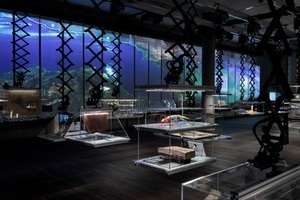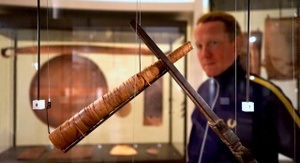Swinging Steinplatz – Musik um den Steinplatz
In the organizer's words:
Politics, science, visual arts, literature, music and theater have shaped Steinplatz and its surroundings for around 150 years. It is the center of a lively cultural, educational and commemorative landscape, which has been presented and made legible on city walks since 2020 - and will be again in 2025.
Arnold Schönberg composed his first major orchestral work using the twelve-tone technique on Steinplatz, within sight of the Hochschule für Musik. Around 1930, experiments with radio technology and electronic instruments were already being carried out there. The University of Music, which has been located on Hardenbergstraße since 1902, is now the largest faculty of the University of the Arts. In the neo-Romanesque "Burg", the Institute for Church Music, students practise on historical organs. The Comedian Harmonists had their office in Carmerstrasse, and wild dancing took place in the Delphi cinema in the 1920s. The actress Trude Hesterberg opened her "Wild Stage" in the basement of the Theater des Westens , where Brecht also performed as a singer-songwriter. After the end of the war, the first opera performance in destroyed Berlin took place on Kantstraße, and today the Theater des Westens is once again causing a sensation with its own productions. Great classical artists such as violinist Yehudi Menuhin and singer Luciano Pavarotti stayed at the nearby Hotel am Steinplatz , and the Berlin Philharmonic Orchestra were regulars at the hotel bar "Volle Pulle" .
The city tours are offered by the Charlottenburg-Wilmersdorf district office in cooperation with visitBerlin. They are funded by grants for special tourism projects from the Senate Department for Economics, Energy and Public Enterprises.
This content has been machine translated.












